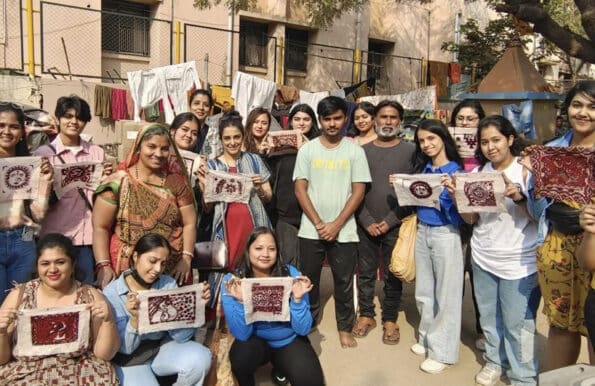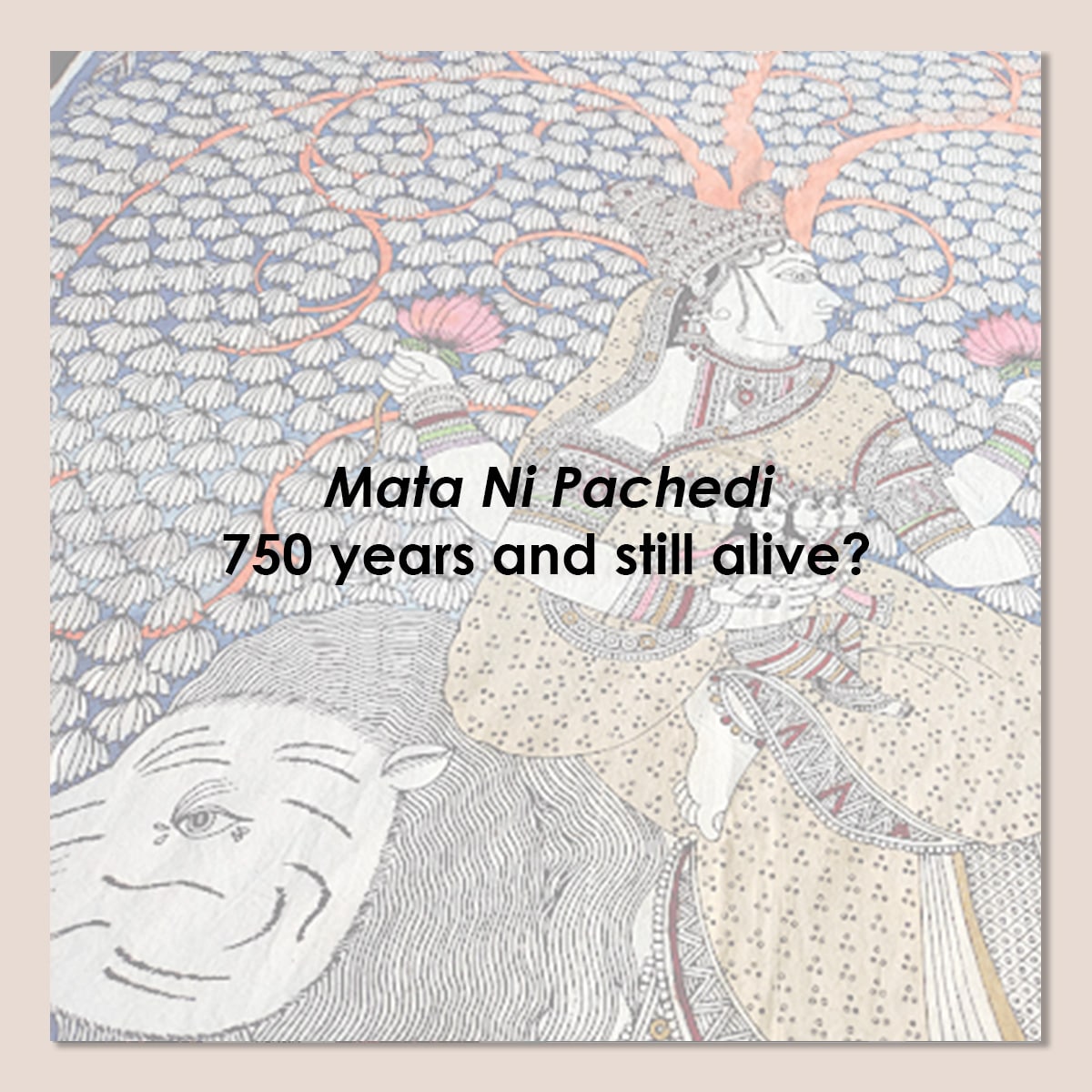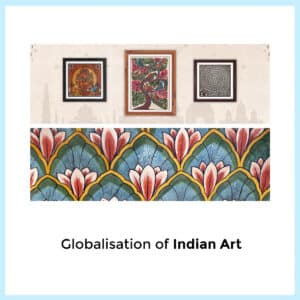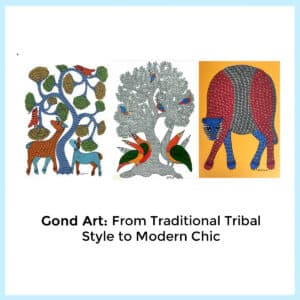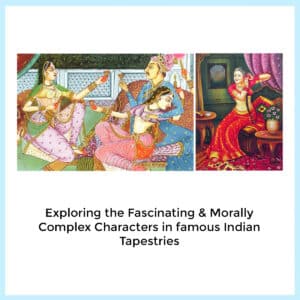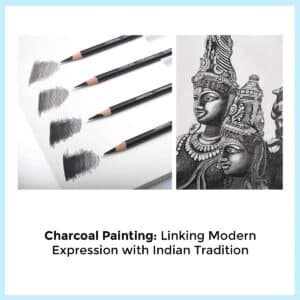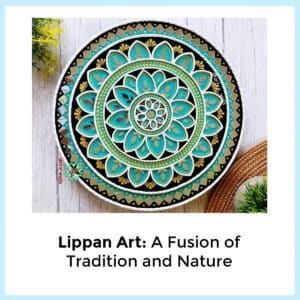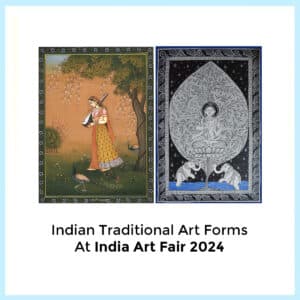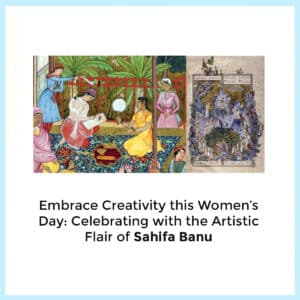750 years is a long time for anything to survive, especially in a world that is constantly changing and evolving. But one art form that has stood the test of time is Mata Ni Pachedi, a traditional textile art form from Gujarat, India.
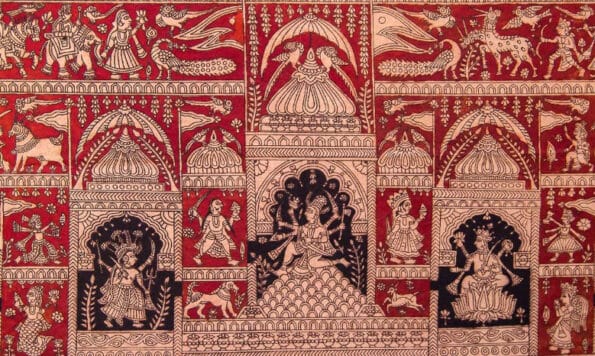
Mata Ni Pachedi translates to “behind the goddess” and is a form of textile painting that depicts the Hindu goddess, Mother Goddess, or “Mata”. This art form has been practiced for generations by the Vaghri community of Gujarat, who have passed on this skill from one generation to the next, keeping its essence intact.
One of the most famous artists who has contributed greatly to the promotion and preservation of Mata Ni Pachedi is Chitara Kiranbhai Bhulabhai. He started painting at the age of seven with his father, Chitara Bhulabhai, who received a Shilp Guru Award. Throughout his life, he has conducted more than 270 workshops at various schools all over India. Not only this, but students from various foreign universities have attended his workshops and shown their interest in this art form.
Chitara Kiran believes that it is important for people to understand the history of Mata Ni Pachedi and the significance of the mother goddess. He encourages the next generation to continue this art and to learn from the stories of sacrifice and effort that have gone into preserving it. His family has a website where they offer information, workshops, and training opportunities. The workshops are typically two-day events where they teach the process of making the art form and provide historical context.
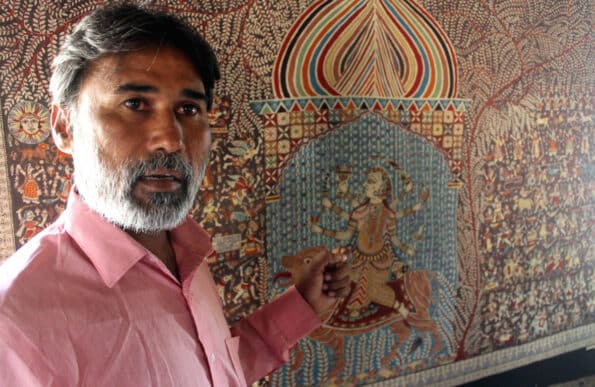
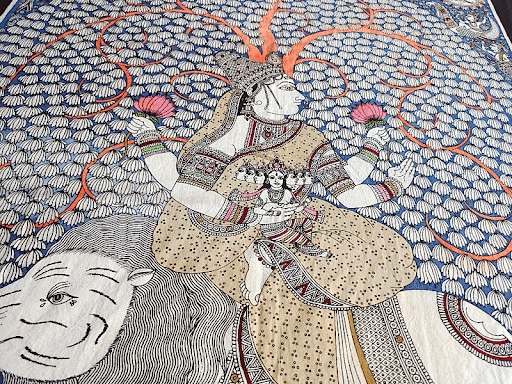
The bold use of colours, intricate designs, and embroidery work in Mata Ni Pachedi is what sets it apart from other textile art forms. But what makes it truly remarkable is its historical significance. The art form originated around 700 years ago during the Mughal era when statues in the temple were frequently destroyed to preserve the ability to worship the mother goddess, artisans began making Mata Ni Pachedi, which depicted the goddess’s body on cloth. They could not shift the statue and the temple to other villages during times of attack or distress of Mughal during that era, therefore they took Mata Ni Pachedi as a symbol of God.
Mata Ni Pachedi is not just an art form but also a piece of history that has been passed down through generations. Its survival is a testament to the dedication and hard work of those who have kept it alive. And as long as there are people like Chitara Kiran who continue to promote and preserve this art form, Mata Ni Pachedi will continue to thrive and inspire future generations.
Read more about his work on www.matanipachedi.co.in
